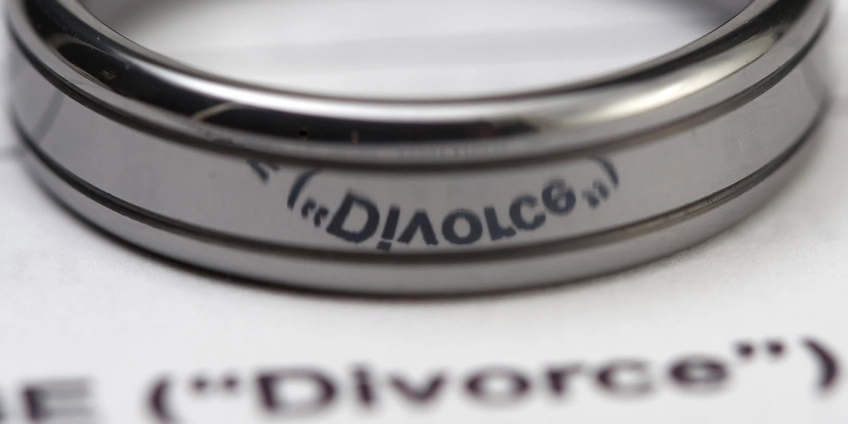Tips on handling alimony at tax time
Published:The deduction for alimony is not limited to support payments.
NEW YORK (MainStreet) — If you are paying alimony you may be able to claim an “above-the-line” deduction on your 2012 Form 1040. To be deductible alimony payments must be in cash (or check) and required as a condition of the divorce agreement.
You and your “ex” must not live together in the same household, and payments must end upon the death of the “ex.”
The deduction for alimony is not limited to support payments. You can also claim as alimony any payments required under the terms of the divorce agreement that you make to a third party on behalf of your former spouse. This includes payments for medical expenses, housing costs, taxes, tuition and life insurance premiums (if the former spouse owns the policy). The payments are treated as being received by your former spouse and then paid to the third party.
For example, if the divorce agreement says you must pay all the mortgage payments (principal and interest) on a home you own jointly with your “ex,” you can deduct half of these payments as alimony.
READ: Tax Tip: The head of household loophole you won’t want to use
If you are required to pay all real estate taxes and/or insurance on a home held as “tenants in common,” you can claim half as alimony. (If the home is held as “tenants by the entirety” or “joint tenants,” none of the payments are deductible as alimony.)
The above rules also apply to separate maintenance payments made under a separation agreement.
Child support is not deductible.



